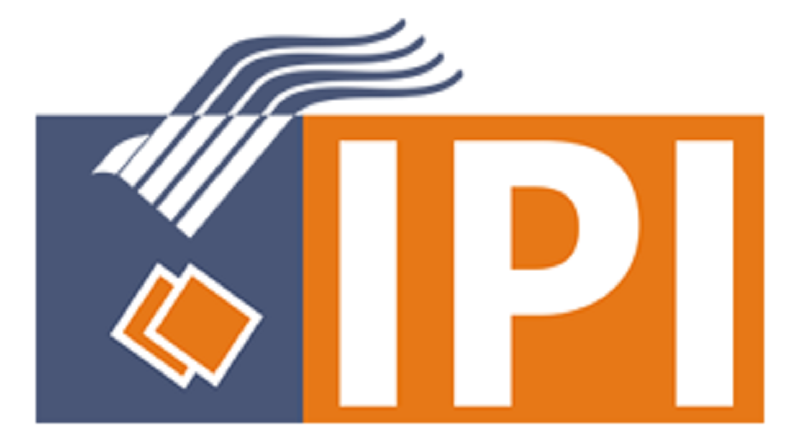Pengaruh massage counterpressure terhadap intensitas nyeri persalinan kala I fase aktif
DOI:
https://doi.org/10.31101/jkk.125Abstract views 2195 times
Keywords:
Counterpressure massage, Stage I labor PainAbstract
References
Akbarzadeh M., Masoudi Z., Hadianfard M.J., et.al. 2014. Comparison of the Effects of Maternal Suportif Ca- re and Acupressure (BL32 acu- point) on Pregnant Women’s Pain Intensity and Delivery Outcome. J. Pregnancy Vol 2014: 129208
Field T. 2010. Pregnancy and Labor Mas- sage. Exp. Rev. of Obs. & Gyn. 5:
–181.
Fraser D. & Copper M. 2009. Myles Textbook f or M idwives. 15th edition. Nottingham, UK. Churchill Livingstone. p:493-503.
Gallo R.B.S., Santana, LS., Ferreira, CHJ. et.al.. 2013. Massage Reduced Se- verity of Pain during Labor: a Ran- domised Trial. J. Physiotherapy; Vol. 59.
Gayeski M.E., Bruggemann OM., Mon- ticelli M. et.al. 2014. Application of Nonpharmacologic Methods to Relieve Pain during Labor. The Point of View of Primiparous Women. Pain Man. Nurs., Vol. -, No. -(-): pp 1-12.
Green J. & Hotelling BA. 2014. Healthy Birth Practice #3: Bring a Loved One, Friend, or Doula for Conti- nuous Support. The J. of Peri. Ed.,
(4), 194–197
Janssen P., Shroff F., Jaspar P. 2012. Mas- sage Theraphy and Labor Out- comes: a Randomized Controled Trial. Inter. J. of Ther. Mass. And Body. Vol 5(5).
Lind J.N., Perrine CG., Li R. 2014. Rela- tionship between Use of Labor Pain Medications and Delayed Onset of Lactation. J. of Hum. Lact; Vol. 30(2) 167–173.
Kimber L., McNabb M., McCourt C., et.al. 2008. Massage or Music for Pain Relief in Labour: A Pilot Ran- domized Placebo Controlled Trial. Euro. J. Pain 12: 961–969.
Klomp T., Jonge, A., Hutton, EK., et.al. 2013. Dutch Women in Midwife- led Care at the Onset of Labour: Which Pain Relief Do They Prefer and What Do They Use? BMC Preg. and Child. 13: 230.
Lowdermilk D. L., Perry S. E., Cashion K., et.al. 2012. Maternity dan Wo- mens Health Care. St Louis. Mosby, Inc. p: 386-397.
Melzack R., Wall P.D. 1996. Pain Me- chanisms: A New Theory. Science 150: 971–978.
Mortazavi, S.H., Khaki S, Moradi R., et.al. 2012. Effects of Massage Therapy and Presence ofAttendant on Pain, Anxiety and Satisfaction during La- bor. Arch Gynecol Obstet. 286 (1).
PillitteriA.. 2010. Maternal &Child Health Nursing: Care of Childbearing & Childbearing Family. Philadel- phia, USA. Lippincott Williams & Wilkins. p: 395-413.
Potter, P.A. & Perry, A.G.. 2009. Funda- mentals of Nursing: Concept, Process & Practice. St. Louis: Mosby-Year Book.
Prata N., Hamza S., Bell S. et.al. 2011. Inability to Predict Postpartum Hemorrhage: Insights from Egyptian Intervention Data. BMC Preg. and Child; 11: 97.
Simkin P., Bolding A. 2004. Update on Nonpharmacologic Approaches to Relieve Labor Pain and Prevent Suffering. J. Mid. & Wom. Health 49: 489–504.
Sugiyono. 2012. Metode Penelitian Kuan- titatif Kualitatif dan R & D. Ban- dung: Alfabeta. p: 80-90.
Taghinejad H, Delpisheh A, & Suhrabi Z. 2010. Comparison between Mas- sage and Music Therapies to Re- lieve the Severity of Labor Pain. Women’s Health J. 3: 337–381.
Zwelling E., Johnson K., Allen J. 2006. How to Implement Complementary The- rapies for Laboring Women. The Amerc. J. Mat.l/Child Nurs. 3:364–370.
Downloads
Published
How to Cite
Issue
Section
License
With the receipt of the article by the Jurnal Kebidanan dan Keperawatan Aisyiyah Editorial Board and the decision to be published, then the copyright regarding the article will be diverted to Jurnal Kebidanan dan Keperawatan Aisyiyah. Universitas 'Aisyiyah Yogyakarta as the publisher of Jurnal Kebidanan dan Keperawatan Aisyiyah hold the copyright regarding all the published articles in this journal.
Jurnal Kebidanan dan Keperawatan Aisyiyah is licensed under a Creative Commons Attribution-ShareAlike 4.0 International License.













